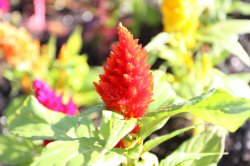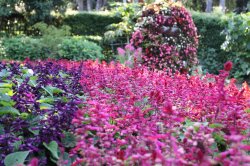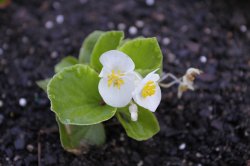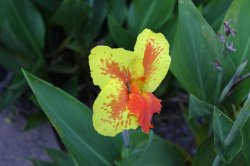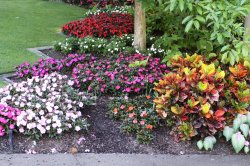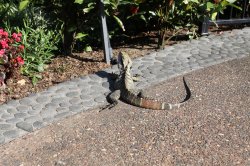Seems that every time I take photos of plants and flowers I seem to get nasty blurry reds and purple, I am using a tripod but still get this sort of result. i have done some research and some sites say that a polarizing filter may help?
I was shooting with a 50D and 17-40 f4 L
My photos also dont seem to be as sharp or "pop" as others do, any advice would be much welcomed.
Have posted some samples of what I have taken.
I was shooting with a 50D and 17-40 f4 L
My photos also dont seem to be as sharp or "pop" as others do, any advice would be much welcomed.
Have posted some samples of what I have taken.


